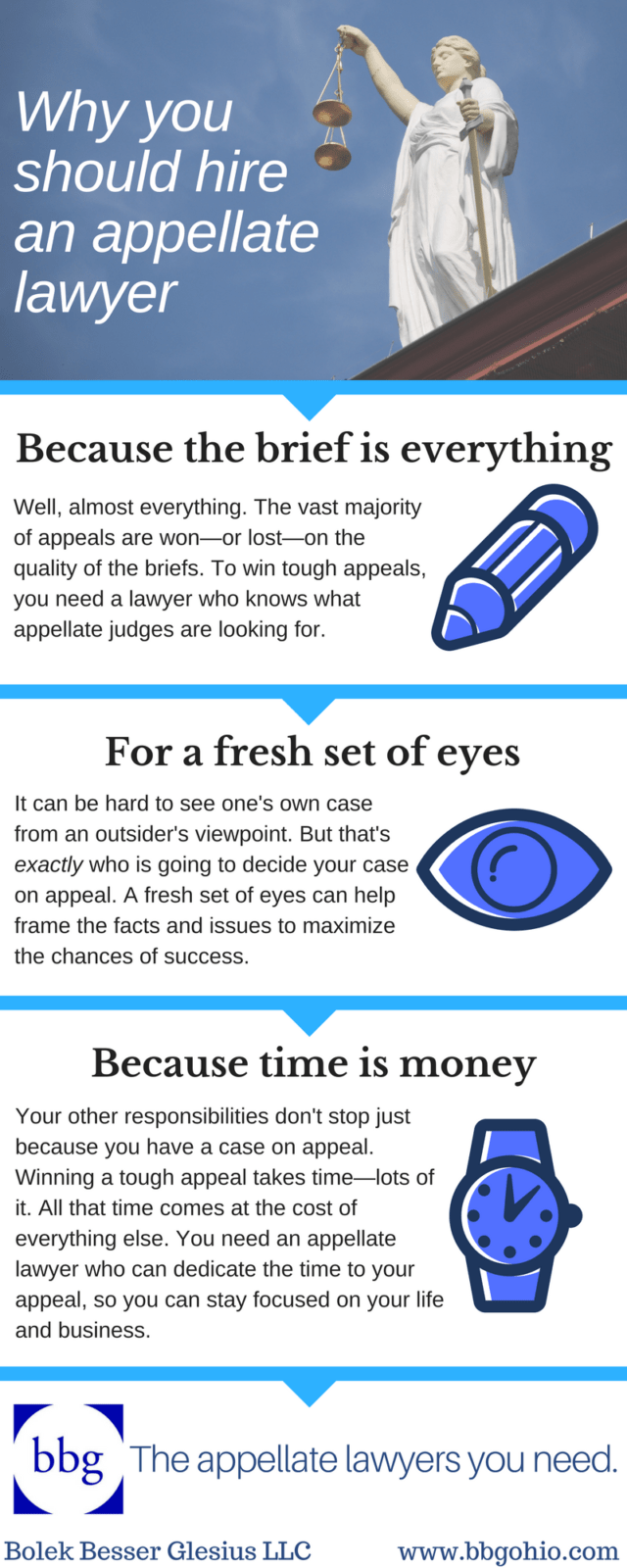What Happens Throughout A Criminal Test: A Step-By-Step Introduction
What Happens Throughout A Criminal Test: A Step-By-Step Introduction
Blog Article
Web Content Develop By-Butcher Bunn
When you step into a criminal test, you could be surprised by the organized process that unravels. All of it begins with court selection, where prospective jurors are scrutinized for biases with a technique called "voir dire." After that, both sides provide their opening statements, setting the stage for the proof and statements to adhere to. You'll see how the prosecution and protection build their situations, however what happens next can substantially impact the outcome. Recognizing these phases can disclose the complexities of justice, however there's more to discover concerning the critical moments that follow.
Court Option Process
When it comes to the jury selection procedure, you're diving right into an important stage of a criminal trial. This procedure, typically called "voir dire," entails wondering about potential jurors to ensure they're objective and capable of delivering a reasonable judgment.
You'll see both the prosecution and defense lawyer participating proactively, each intending to pick jurors that straighten with their instance's story.
During voir dire, you'll see that lawyers ask concerns regarding jurors' backgrounds, beliefs, and experiences. Their objective is to determine any pre-existing biases that might affect a juror's choice. As a juror, you might really feel a mix of anxiety and inquisitiveness, however your honesty is essential.
After examining, lawyers can challenge particular jurors for reason if they believe a juror can't stay impartial. They can also make use of a minimal number of peremptory obstacles to disregard jurors without stating a factor.
Test Phases Explained
The phases of a criminal test play a crucial function in making certain a fair and organized process.
You'll initially encounter the opening statements, where both the prosecution and defense describe their situations. This establishes the stage of what's to come.
Next off, the prosecution presents its evidence and witnesses, intending to prove the offender's guilt past a reasonable question. You'll see direct evaluation complied with by interrogation, permitting both sides to test the here and now details.
After the prosecution relaxes its situation, it's the defense's turn. They'll provide their evidence and witnesses, commonly concentrating on creating reasonable uncertainty. You'll notice that the defense does not need to confirm virtue; they simply need to challenge the prosecution's case.
Once both sides have presented their debates, you'll listen to shutting declarations, where each event summarizes their instance. This is crucial as it strengthens their placements prior to the jury ponders.
Throughout these stages, the court ensures that the trial abides by lawful criteria which the civil liberties of both parties are shielded.
Recognizing these phases will certainly assist you appreciate the complexities involved in a criminal trial and the significance of each action in the quest of justice.
Verdict and Sentencing
After all evidence has existed and disagreements made, the jury or judge provides a decision, figuring out the offender's sense of guilt or innocence. If click for more of the jury, you'll deliberate with your fellow jurors, going over the proof and your perceptions. This procedure can take some time, as you'll want to make sure everyone agrees on the decision based upon the facts.
Once a judgment is gotten to, it's introduced in court. If the accused is found guilty, the following stage is sentencing. This is when the judge makes a decision the suitable penalty. You may see that various variables affect the sentence, such as the seriousness of the crime, the defendant's past document, and any type of mitigating scenarios.
The court may impose a range of sentences, from fines and community service to jail time. Sometimes, the protection or prosecution can present debates pertaining to sentencing, attempting to guide the judge's decision.
If the accused is found not guilty, they're acquitted, and no penalty complies with. Bear in mind that a guilty verdict can frequently cause allures, where the defendant may test the verdict or the sentence imposed.
Final thought
In a criminal trial, you've seen just how vital each step is, from jury selection to the last judgment. You have actually adhered to the prosecution and defense as they develop their situations, aiming to encourage the court. When deliberation completes, the decision figures out the end result, and if the accused is found guilty, the sentencing stage starts. Comprehending these procedures helps you value the complexities of the justice system and the importance of each role in ensuring a reasonable test.
